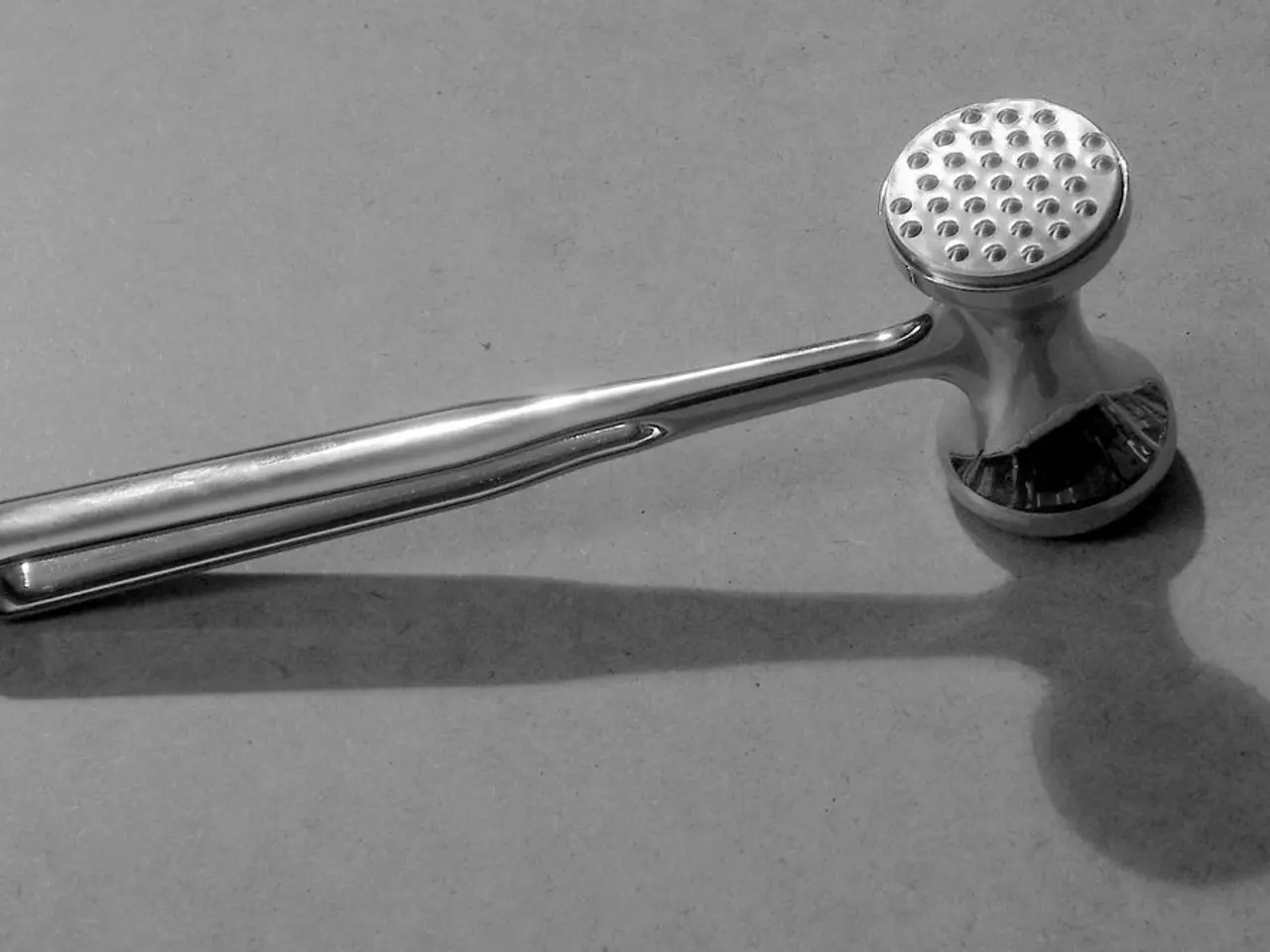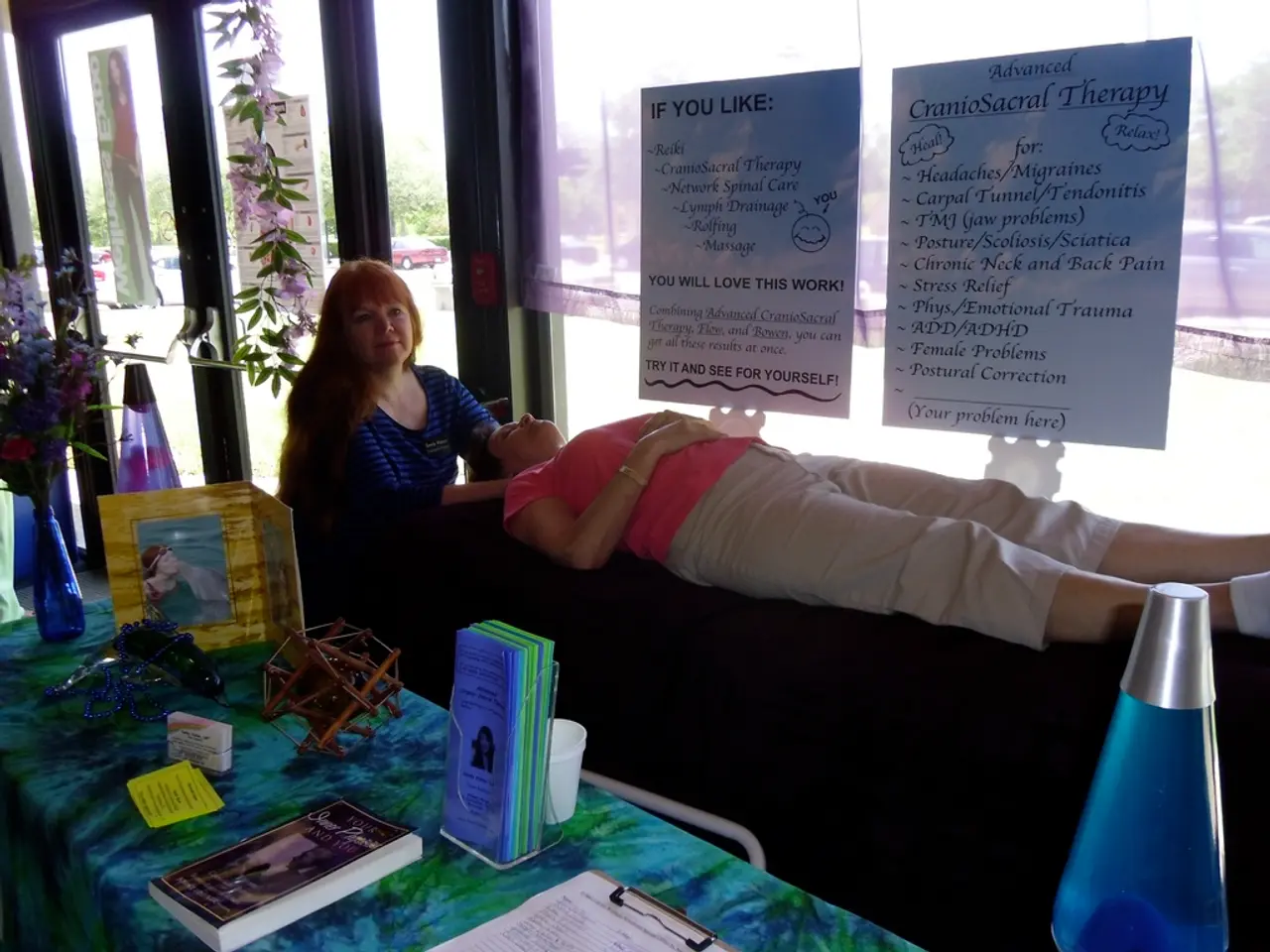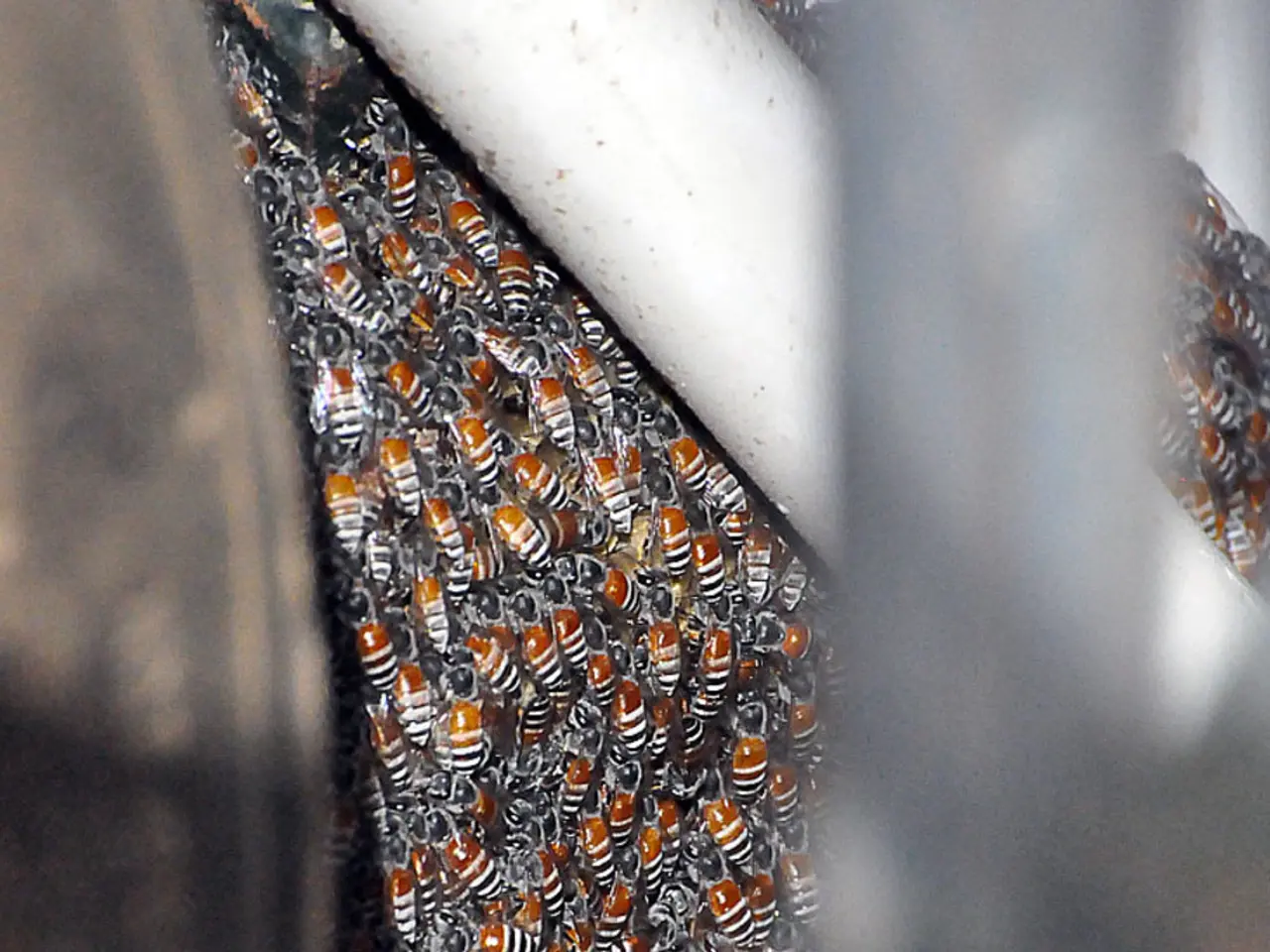Finger Mallet Issue: Detailing Clinical Symptoms and Physical Assessment
Mallet finger is a common fingertip injury that can occur during sports activities or everyday tasks. This condition, characterised by the inability of the finger to extend actively, is often mistaken for less serious injuries like a jammed finger due to mild pain.
Symptoms of Mallet Finger
Mallet finger can present with symptoms such as pain in the affected joint, difficulty using the finger, and swelling. The main characteristic feature of a mallet finger is that the finger droops down and cannot be lifted back. In some cases, a nail injury may also accompany mallet finger, which involves a swollen, blue area under the nail bed.
Causes and Risk Factors
Mallet finger occurs when the extensor tendon on the outer side of the hand, responsible for the movement of the last joint of the finger, is affected. This can be due to a blow to the fingertip that forces it into flexion, a common occurrence in sports such as baseball, basketball, cricket, and volleyball, as well as during everyday activities. Risk factors for mallet finger include playing sports without protective gloves, age-related factors, construction work, and not using proper safety measures during everyday activities.
Diagnosis and Treatment
Proper examination by a doctor is advised to get early treatment for mallet finger. The doctor will use palpation to check the injured area, focusing on the fingertips and nails. They will also perform an active extension test to check the ability of the finger to extend. In some cases, radiographic examination (X-rays) may be necessary if there's suspicion of an avulsion fracture or other bony injury.
Most mallet finger injuries can be managed non-surgically, but occasionally surgery is recommended for either an acute or a chronic mallet finger or for salvage of failed prior treatment. Immediate medical evaluation is crucial to rule out fractures or other serious damage. Signs like a bent fingertip that cannot be straightened, persistent pain, swelling, and bruising warrant prompt medical attention. X-rays can help determine the extent of the injury and guide treatment decisions.
Differentiating Mallet Finger from Other Injuries
It's important to understand that mallet finger is distinct from other fingertip injuries. Jersey finger, for instance, is an injury to the flexor tendon, leading to inability to flex the fingertip. Fingertip fractures involve broken bone, such as distal phalanx fractures, which may or may not involve tendon injury. Dislocations of finger joints cause joint deformity, pain, and instability, contrasting with the purely tendon-related mallet finger. Jammed fingers are generally sprains or contusions caused by axial loading or blunt trauma to the fingertip, causing pain, swelling, and limited motion but do not typically involve tendon rupture or fracture.
If a mallet finger is not treated, it can lead to a permanent deformity. Therefore, prompt and accurate diagnosis and treatment are crucial. Always seek medical advice if you suspect a fingertip injury to ensure proper care and recovery.
- In sports like baseball, basketball, cricket, and volleyball, players may encounter a medical-condition called Mallet finger, which is caused by an blow to the fingertip that affects the extender tendon.
- Chronic diseases, such as Mallet finger, should not be ignored as they can impact health-and-wellness and lead to permanent deformities if left untreated.
- A proper diagnosis of Mallet finger can be made through a doctor's examination and an active extension test, and in some cases, radiographic examination (X-rays) may be necessary.
- Neurological-disorders and chronic diseases like Mallet finger can be managed effectively, but with the assistance of science and medical-advances, such as the use of CBD, which has been found promising in managing pain and inflammation.
- Mallet finger is not the same as a jammed finger or a finger sprain; it is characterized by a drooping finger that cannot be lifted back, along with pain, difficulty using the finger, and swelling.
- In light of the increased popularity of mixed-martial-arts and contact sports like football, baseball, hockey, golf, and tennis, it's important for athletes to prioritize their health-and-wellness by wearing protective gloves and using proper safety measures.
- If Mallet finger is not treated promptly, it may lead to chronic-diseases that require surgery and significantly impact a person's ability to engage in sports or everyday activities.
- Regular health-checks and a focus on health-and-wellness can help prevent Mallet finger and other fingertip injuries that can occur during sports activities or everyday tasks.




